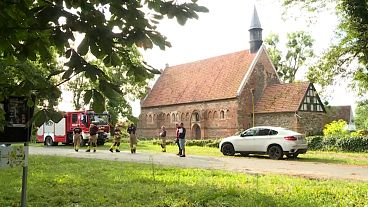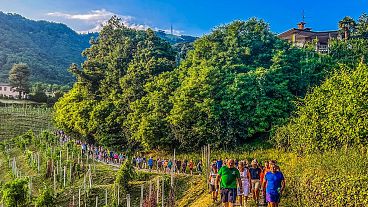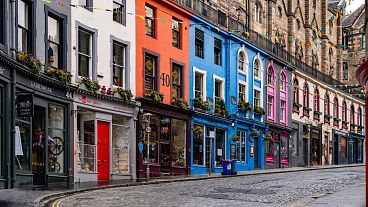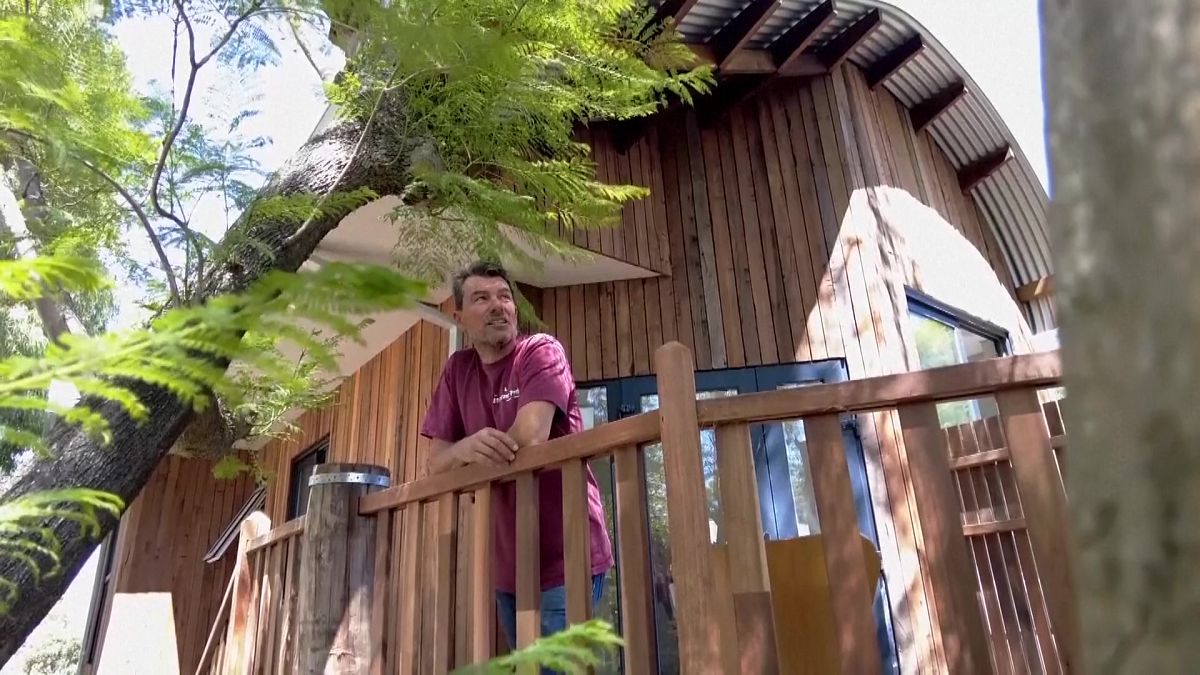The trees in this Australian development have been preserved to keep the homes cool and help local wildlife.
It’s estimated that about 15 billion trees are cut down each year around the world, and their total number has nearly halved since the onset of human civilisation.
Australia is now taking steps to address this issue by making sure new residential areas are built without indiscriminately chopping down trees.
The Western Australian government has introduced new planning laws to require a minimum number of trees for any new residential development.
Additionally, 15 per cent of a building site will need to be dedicated to "soft landscaping," such as a lawn, with the requirement lowered to 10 per cent if an important tree is preserved.
Sustainable infill development
Ahead of the new planning laws, which will take effect in September, a sustainable building consultancy, the Forever Project, has already managed to build a workable example.
In an area of 800 m2 in Perth, four houses and a shed are nestled under a lush tree canopy.
About 40 trees thrive in this urban setting, keeping the homes cool and providing safe habitats for wild animals and birds.
Recent research in Central Europe has found that the shade provided by trees can lower the surface temperature of cities in the summer by up to 12°C.
"The urban forest is so precious, and it's such an important part of what makes our community liveable. It gets sacrificed, we believe, because that's the only way we can do infill," said Chris Ferreira, Founder of the Forever Project.
Infill development involves building in vacant or under-used land lots within urban areas.
Local authorities hope the new rules will help convince people of the benefits of keeping trees.
"In many of the developments in the past, the entire block is either roof cover or paving, so we need to encourage tree canopy, and ensure that there's more shade, cooler suburbs, and also places for animals and birds," said Western Australian Planning Minister Rita Saffioti.
For more on this story, watch the video in the media player above.















